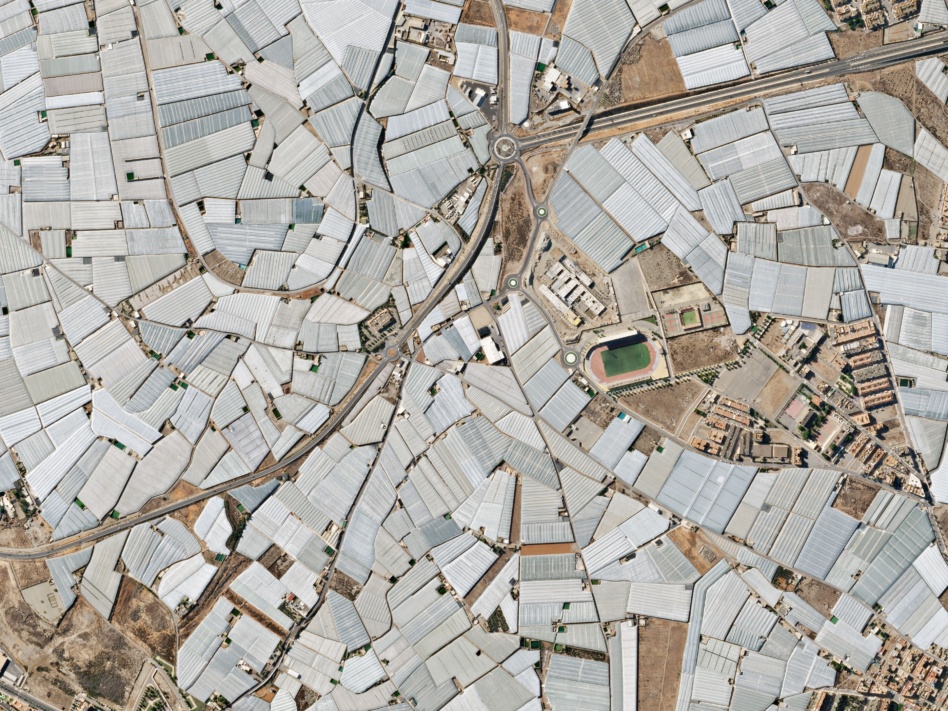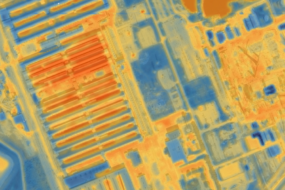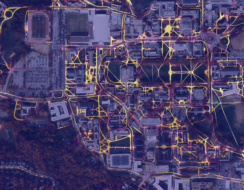The analysis and use of EO data could add $700B each year to the global economy by 2030, up from $266B today.
That’s according to a report out today from the World Economic Forum, in collaboration with Deloitte, which estimates EO data could add $3.8T to global GDP between 2023 and 2030.
- Tempering expectations, the authors noted it would require a “dramatic increase in end user adoption,” with those numbers representing the maximum economic potential, possible only if all industries individually achieve 100% adoption of EO data.
- Adoption across all industries is expected to rise from approximately 39% today to 72% by 2030.
Six pack: Six industry groups were identified who, if they fully embraced EO data through downstream applications, could drive nearly all of EO’s max potential.
- Agriculture
- Mining, oil, and gas
- Government, public, and emergency services
- Electricity and utilities
- Supply chain and transport
- Insurance and financial services
Room to grow: The report offered predictions of where those EO-hungry industries might reach in terms of adoption by 2030.
- Insurance, currently with one of the lowest rates of EO data adoption at just 28%, is projected to lead with 88% adoption by 2030.
- Mining, which is currently the biggest adopter at 60%, and government services both expect around 80% adoption.
- Meanwhile, agriculture; electricity and utilities; and supply chain and transport—now each at roughly 40%—could exceed 70% adoption.
Winner, winner: Some clear winners emerged from the research.
- By far, the agriculture industry has the most to gain, with $399B in value to be had, driven primarily by advances in precision agriculture.
- Regionally, the Asia-Pacific sector is capable of capturing the largest share of the EO opportunity at up to $315B by 2030—triple what North America and Europe can expect.
In the green: The report juxtaposed EO’s bright economic outlook with its power to save the Earth, specifically reducing greenhouse gas emissions.
The authors suggest EO data could be used to help eliminate 2 gigatonnes of emissions annually by 2030, which was equated to the amount emitted by one-third of the world’s gas-powered cars today. For example, using EO for wildfire early warnings and precision agriculture could reduce emissions by 64M and 27M tonnes per year, respectively.




